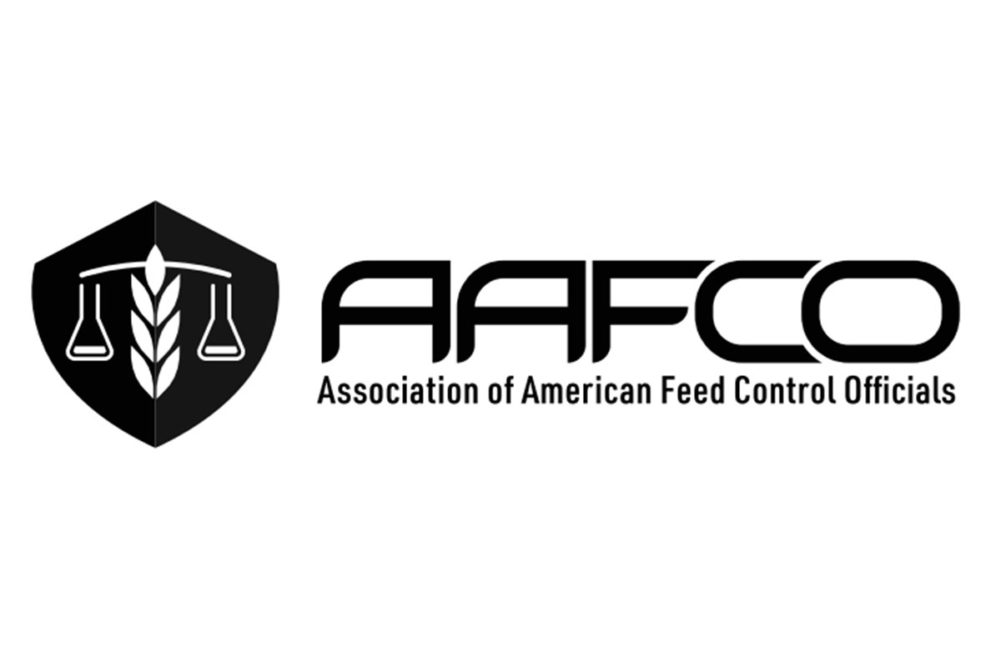CHAMPAIGN, ILL. — Following the proposal of the new Pet Food Uniform Regulatory Reform Act of 2024 (PURR Act), the Association of American Feed Control Officials (AAFCO) expressed its concerns over the new act, claiming it would reduce state oversight and authority to review the marketing and labeling of pet foods. The act was introduced to the House on Feb. 15.
The PURR Act, advocated by the Pet Food Institute, aims to modernize and streamline the current approach of how pet foods and treats are regulated. Under this new act, regulatory oversight would move from a state-by-state basis to a federal level provided by the US Food and Drug Administration (FDA). It would prohibit state governments from establishing, maintaining, implementing and enforcing any regulations related to marketing and labeling of pet food.
AAFCO is concerned that the act could reduce label transparency, have negative impacts for consumer protection, and threaten the safe advancements of pet food products.
“State feed programs are the first line of defense protecting consumers from misleading or mislabeled pet food products,” said Austin Therrell, executive director of AAFCO. “Today, many state regulators proactively inspect pet food labeling before products hit the market to ensure that any marketing claims on the label or packaging are accurate and have the necessary scientific data to validate the statements. Under the new PURR Act, this important layer of consumer protection would completely go away.”
According to AAFCO, most state feed programs that regulate pet foods in the United States support the FDA by providing the agency with premarket reviews of labels to ensure that marketing claims are backed by data and are not false or misleading to consumers. However, under the PURR act, manufacturers would be able to distribute pet food products “self-proclaimed” as safe without any ingredients or nutritional statements being verified at the state level prior to the product hitting the consumer market.
Additionally, AAFCO also expressed its concerns over the “ingredients sometimes present” language included in the PURR act, which claims that manufacturers may use the phrases “and/or,” “contains one or more of the following,” and others on packaging that indicate an ingredient may not actually be present in the formula. According to AAFCO, this would enable pet food manufacturers to change or omit ingredients without notifying consumers.
“Many consumers purchase pet foods and treats based on the dietary needs or allergen requirements of their pets,” Therrell said. “Lack of transparency would leave consumers unable to know for certain which ingredients their pets may or may not be consuming, leading to potential health risks.”
With all this in mind, AAFCO believes that state governments should continue to work in partnership with the FDA under a national integrated food system, which would continue to allow the agency to tap the expertise and resources of state feed programs. This current system, according to AAFCO, helps strengthen pet food safety inspections and protects consumers from unsafe and fraudulent products, as well as misleading advertising and labeling practices.
“While there are certainly opportunities to improve efficiency and bring more innovation to the marketplace, it must be done in a safe and transparent manner,” Therrell concluded. “Engaging states and those intimately involved in the day-to-day oversight of pet food products is imperative to truly creating a modernized regulatory system.”


